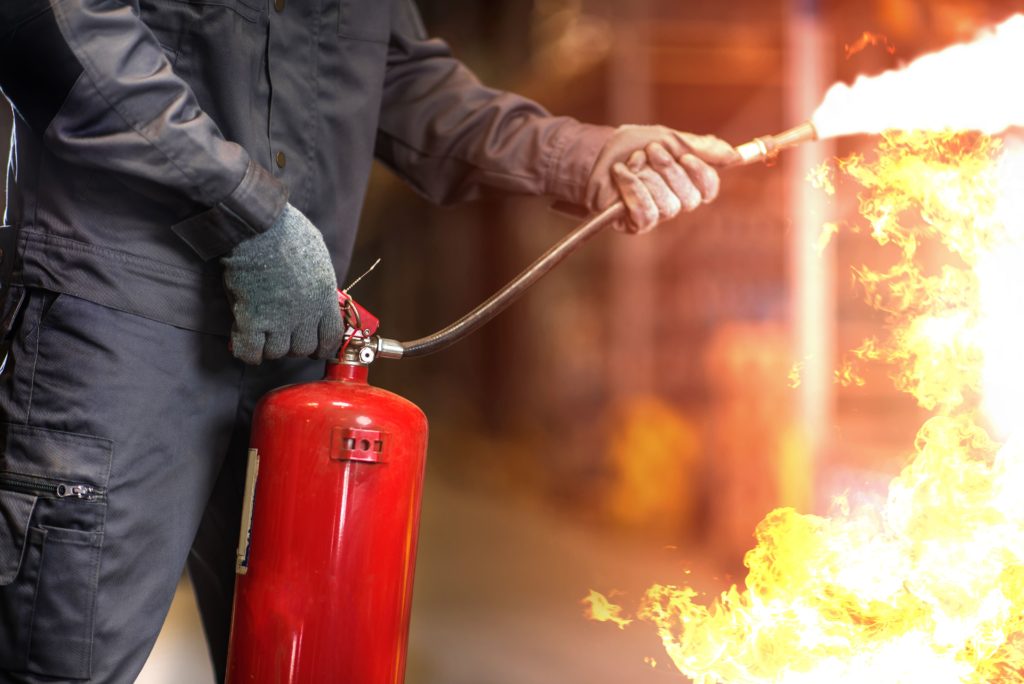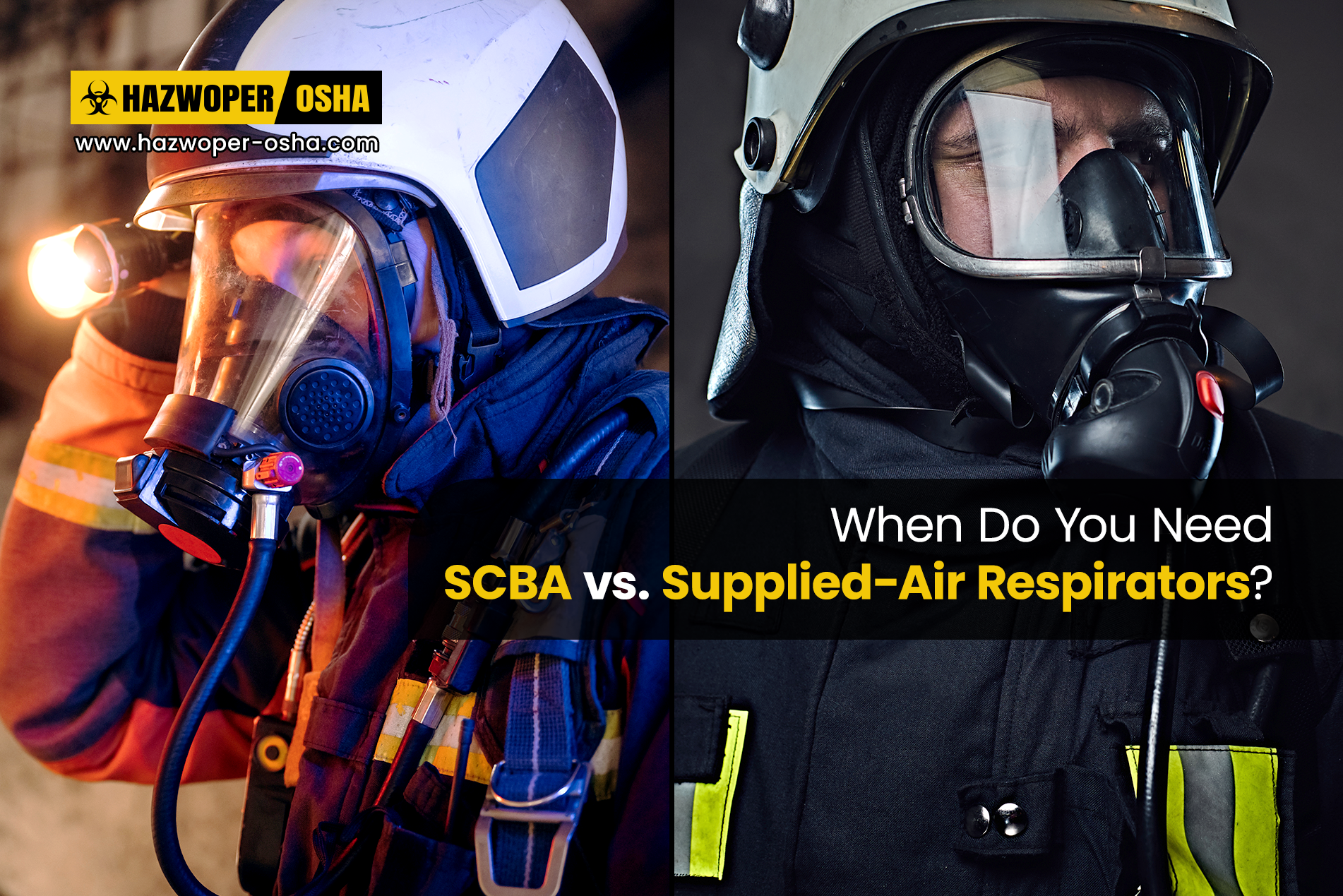Fire Prevention and Protection

A fire can occur anywhere at any time. While we take every precaution to safeguard against fires, be it at home, in schools, in offices, at restaurants, in hotels, in warehouses, or manufacturing facilities; the possibility of a fire occurring remains a concern for everyone. This is mainly because fires often take place quite unexpectedly; starting with just a spark or due to the mixing of two or more chemicals that results in an adverse reaction. Of grave concern is that once a fire starts, the spread can be quite rapid, and a few seconds or minutes could make the difference between life and death! Thus, it is not surprising that all people make every effort to safeguard against fires occurring and put in place measures to alert the people in the vicinity in case of a fire.
Let’s see what can be done to prevent fires, increase fire safety in homes and workplaces, and what processes we can put in place to safeguard families, friends, coworkers, and employees in case of a fire.
 Tips for Preventing Fires in Homes
Tips for Preventing Fires in Homes
- Install smoke alarms and/or smoke detectors in the kitchen, bedrooms, basement, and other rooms.
- Install a sprinkler system that could auto-activate when a fire is detected.
- Ensure that you test the smoke alarms and home sprinkler systems at least once a month, to check for defects or the need for new batteries.
- Sit with your family (children included) and discuss what should be done in case of a fire. Plan how they should leave the home and where they should gather, and how to contact the fire department.
- Put up a poster in common areas where emergency contacts are identified with their phone numbers. This will help scared children and stressed elders to call for help without hassle in case of a fire.
- Be careful when using equipment and tools that spark and could cause a wildfire. Examples include welders, lawnmowers, weed-eaters, chain saws, grinders, and trimmers.
- When using candles, matchsticks, lighters, and other similar fire-starting items make sure to keep the surrounding areas clear and free of materials that could easily catch fire.
- When using flammable chemical products or other fuels in homes, follow instructions and apply best practices that safeguard against causing fires.
- Ensure electrical wiring is checked regularly to prevent fires from occurring due to faulty wiring.
- If an electrical short occurs when using any electrical equipment, immediately stop using it, and get it checked and repaired or replaced.
 How to Prevent Fires in Workplaces
How to Prevent Fires in Workplaces
Preventing fires in workplaces can be much trickier than safeguarding against fires occurring in homes. Many workplaces (for example, factories, goods manufacturers, laboratories, educational institutions, etc.) use various chemicals and flammable materials which can increase the occurrence of fires. Some works tasks such as those carried out in the construction industry, by maintenance services, and facilities management also use electrical tools and equipment that can cause sparks that could result in wildfires! Even offices, shopping malls, and apartment buildings use a combination of everyday cleaning solutions and electrical tools, some of which are fire hazards.
In workplaces, it is the responsibility of employers to ensure the safety of employees. The Occupational Safety and Health Administration (OSHA) requires employers to implement fire protection and prevention programs in the workplace. Such programs guide and direct employees on the possible causes of fires and what must be done to prevent fires from occurring. These plans also help with workplace fire safety efforts. To ensure the fire protection and prevention plans are adhered to and executed properly, employers must provide the relevant training to employees. Such training would enable employees to understand workplace fire hazards, protocols to follow in an emergency, how to properly use firefighting equipment, and the evacuation procedures that must be put into operation.
 As a part of these fire preventions safety plans and programs, employers must also ensure:
As a part of these fire preventions safety plans and programs, employers must also ensure:
- Clearly marked emergency exits that are kept clear at all times, so that workers can evacuate the facility without delay in case of a fire.
- In areas where electrical power may not be reliable, Tritium Exit Signs provide a dependable, non-electrical solution by illuminating in the dark without the need for wiring or batteries.
- Put up relevant emergency exit signs and a diagram indicating the evacuation route to be followed in case of an emergency such as fire.
- Install and maintain all relevant fire detection equipment and fire suppression systems such as fire alarm systems, sprinkler systems, fire extinguishers, water outlets, fire hoses, etc.
- Ensure the proper storage and handling of flammable and combustible materials and substances to minimize the risks of fires from occurring.
- Use containers as stated in OSHA regulations. The recommendation is to use only approved, closed containers for the storage of flammable or combustible liquids. For example, safety cans or containers that are approved by the U.S. Department of Transportation (DOT).
- Appointing a fire safety officer as per regulatory requirements.
- Planning and executing fire drills to prepare employees on what should be done if a fire breaks out in the building.
In addition, employees can also contribute to workplace fire prevention and fire safety by:
- Adhering to the relevant fire prevention and protection procedures and policies in place at their workplace.
- Being vigilant when using equipment or flammable materials that can cause fires.
- Reporting electrical or other hazards that can cause fires.
- Ensuring electrical outlets and circuits are not overloaded.
- Bringing to the employer’s notice malfunctioning electrical equipment, open electrical wires, or any other hazards that may cause fires.
- Making sure no damaged electrical outlets or electrical cords are being used to carry out work tasks.
- Being alert and careful when working in areas such as laboratories, kitchens, and rooms with high voltage equipment that are fire-prone.
- Following instructions and the information provided in the safety data sheets (SDS) on the proper storage and handling of flammable materials.
- Keeping combustible substances (e.g., chemicals) or materials (e.g., paper, hazardous waste, etc.) at a safe distance from electrical equipment.
- Annually getting the relevant training on fire safety and prevention measures.
References:
OSHA Fact Sheet (2020, August). Fire Safety. Website. https://www.osha.gov/sites/default/files/publications/OSHA3527.pdf
NFPA. (n.d.). Fire Prevention Week. Website. https://www.nfpa.org/Events/Events/Fire-Prevention-Week

 EN |
EN |  ES
ES

























































































































